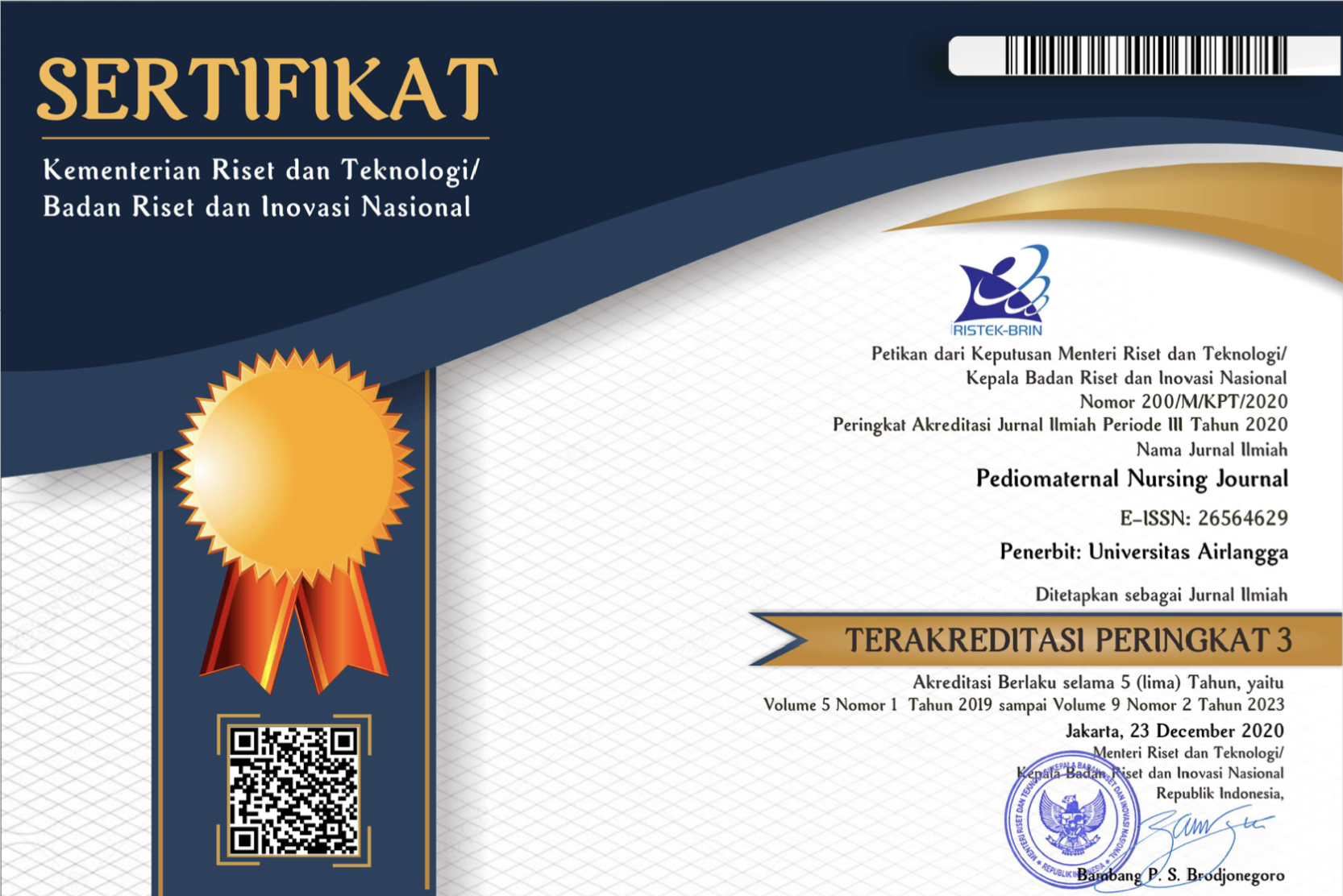Stunting prevention behavior among children under two years based on integrated behavior: A model development

Downloads
Introduction: Stunting, a form of chronic malnutrition, continues to increase annually in Indonesia, making it the third country with the highest prevalence of stunting in Southeast Asia. This study aimed to analyze what factors were most dominant that influenced family behavior toward stunting prevention in the Bangkalan Region.
Methods: This research follows an analytical observational approach with a cross-sectional design. The study involved a sample size of 110 participants. Inclusion criteria for this study encompassed children aged 0-24 months residing with their mothers, mothers in good physical and mental health, and both children and mothers living in the Bangkalan district. The sampling technique involved multistage random sampling, followed by stratified sampling using a proportionate stratified random sampling method. Data collection was conducted using a questionnaire. Seven questionnaires are used: attitude, personal agency, knowledge, intention, behavior and environmental barrier. The distribution of questionnaires involved direct engagement with several field officers. The analysis technique employed in this study is partial least squares (PLS) using structural equation modeling (SEM).
Results: We found three factors significantly influencing mothers' behavior in stunting prevention among habits (P-value 0.031; T 2.221), intentions and knowledge of mothers in stunting prevention (P-value <0.001; T 5.744). The extent of the mother's intention to prevent stunting was influenced directly by the mother's agency (P-value 0.044; T 2.399) and attitude regarding stunting (P-value <0.001; T 7.920).
Conlusions: Intention is a direct influence driving factor for individuals to shape behavior, which is influenced by personal attitudes and beliefs. Effective stunting prevention strategy in children under two years is through the development of a stunting prevention behavior model for caregivers through improvements in attitudes, beliefs, norms, personal agencies, knowledge and skills to perform the behavior, intentions, and habits as a family empowerment effort to prevent stunting.
Keywords: intentions; parenting; prevention; stunting
Copyright (c) 2024 Ulva Noviana, Heni Ekawati, M. Hasinuddin, Mustofa Haris, Mufarika Mufarika

This work is licensed under a Creative Commons Attribution 4.0 International License.
1. The journal allows the author to hold the copyright of the article without restrictions.
2. The journal allows the author(s) to retain publishing rights without restrictions.
3. The legal formal aspect of journal publication accessibility refers to Creative Commons Attribution (CC BY).




















